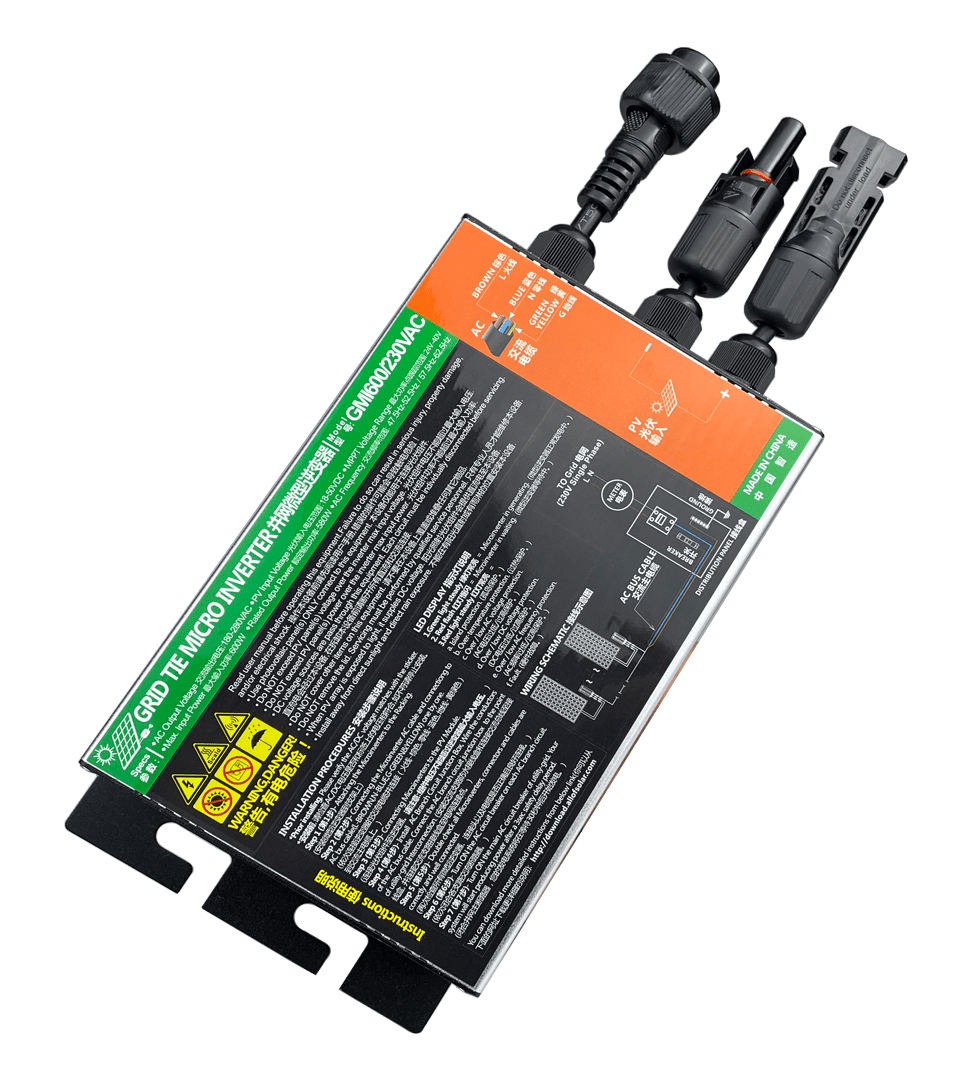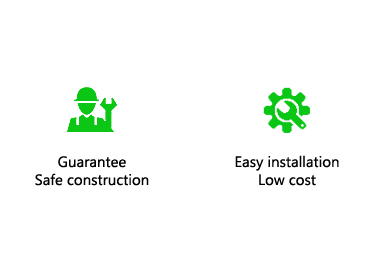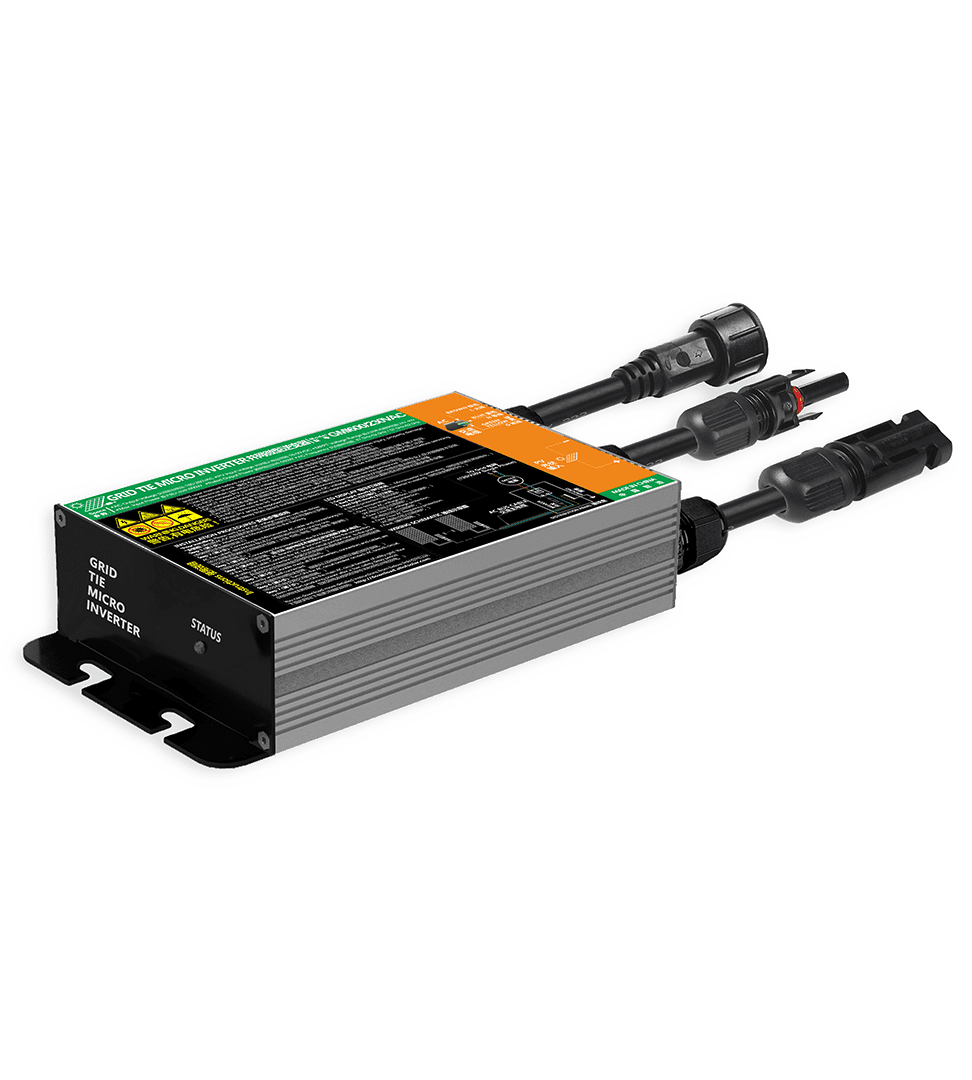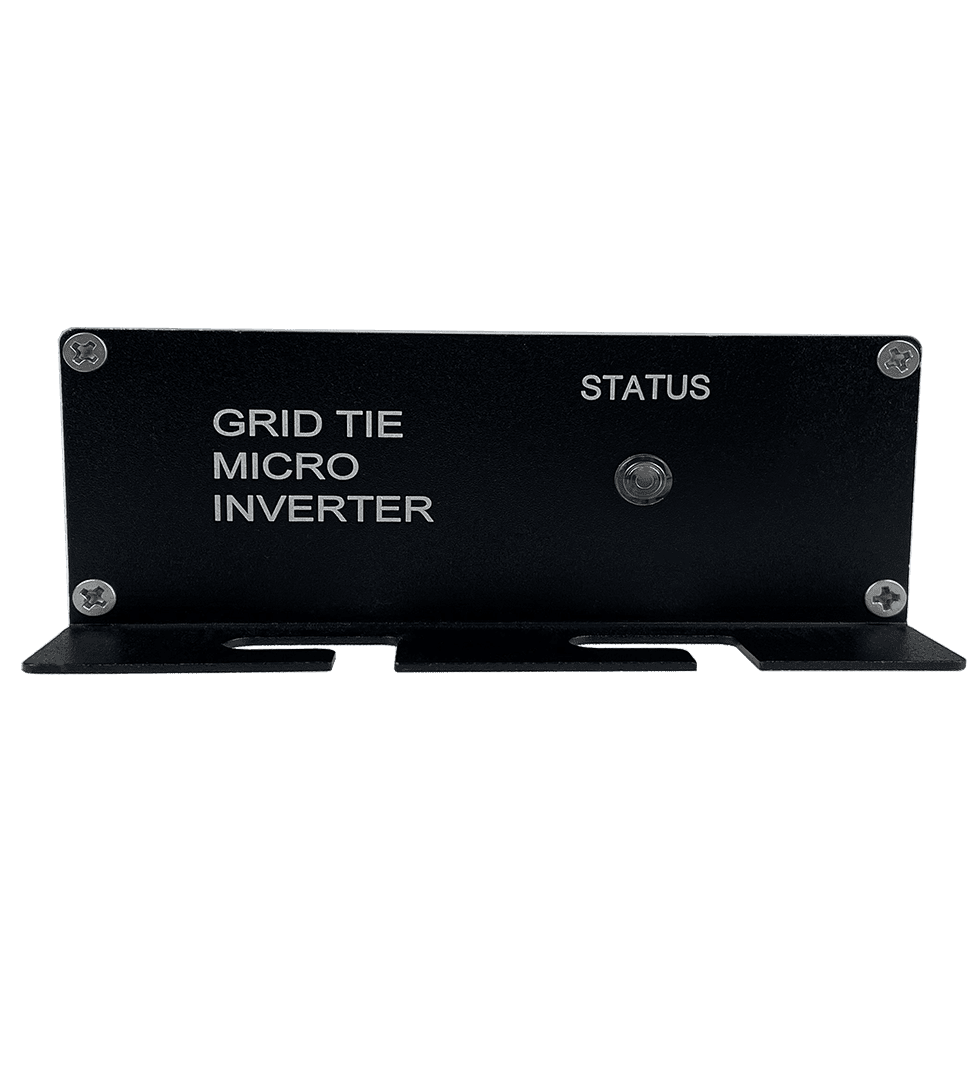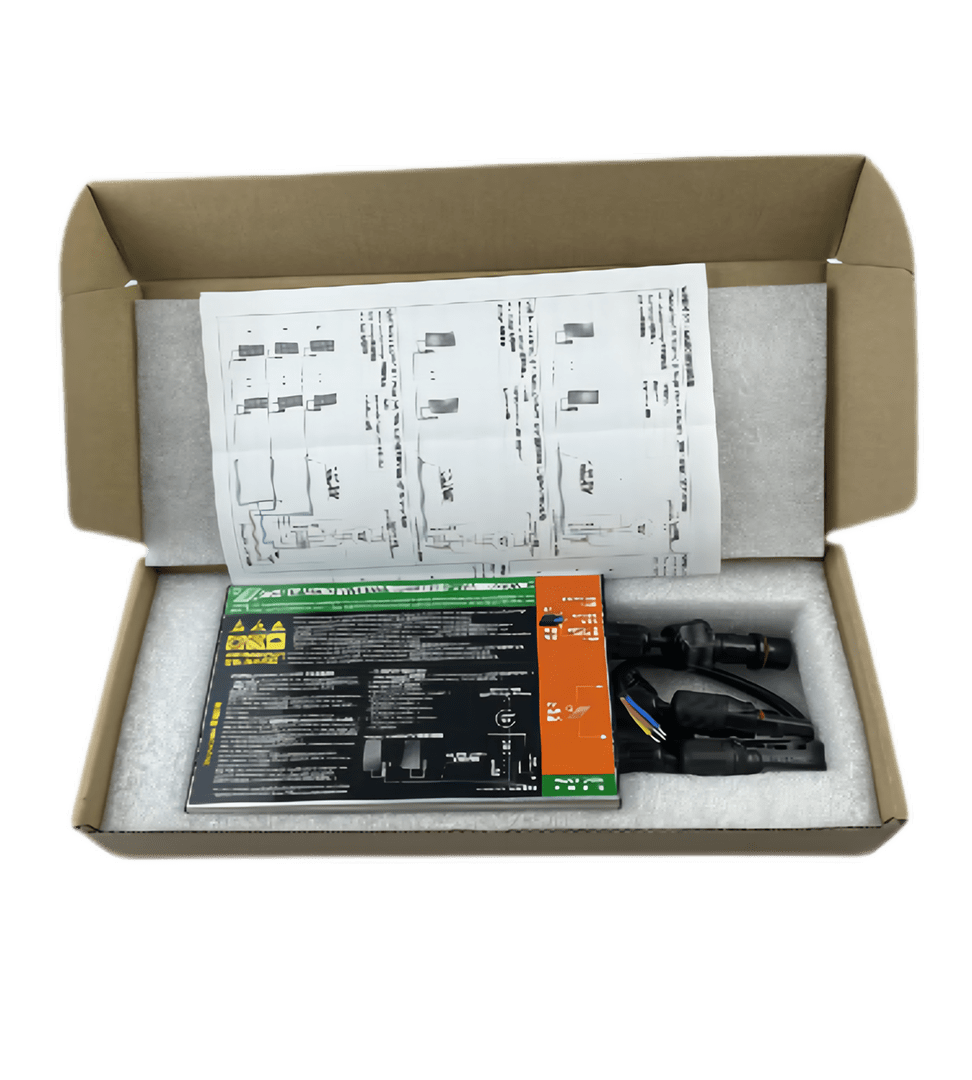In common grid-connected PV power generation (centralized, string and multistrand) systems, there are series and parallel connections of PV modules, so the system targets the entire string/parallel PV array when tracking the maximum power point, and cannot take into account each PV array in the system. This results in low utilization of individual PV arrays, poor resistance to local shadowing, and lack of flexibility in system expansion.
The latest solution is to equip each solar cell with a separate micro-inverter. This allows the system to adapt to changing load and weather conditions, thus being able to provide optimal conversion efficiency for both the individual solar cells and the entire system. PV power systems with microinverter architecture simplify wiring, which translates into lower installation costs and increased efficiency of the solar power system, resulting in a shorter time required to recoup the initial investment.

